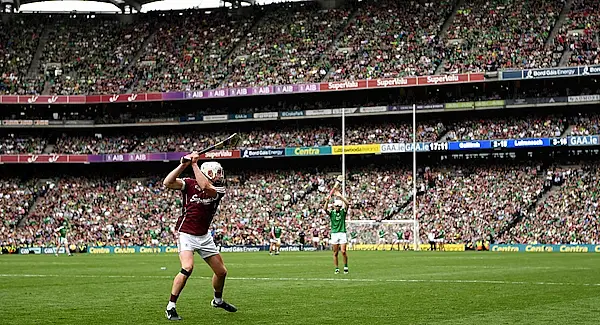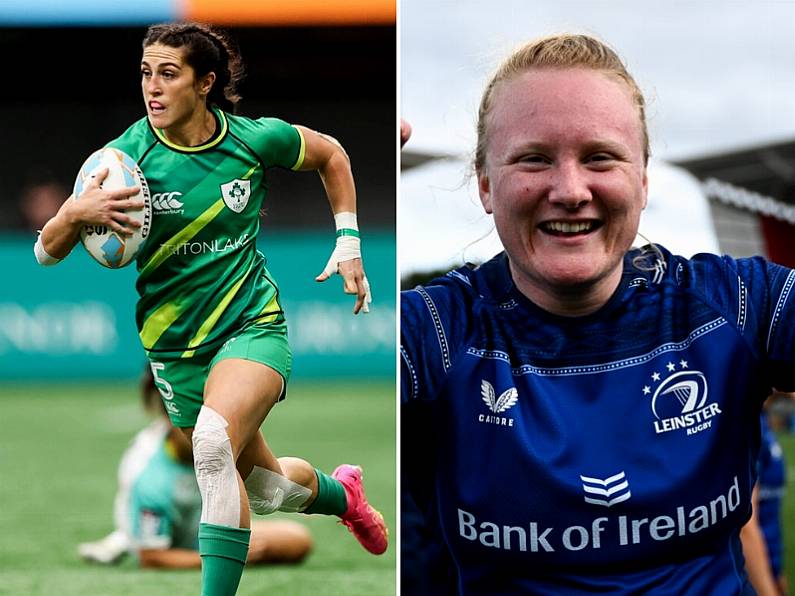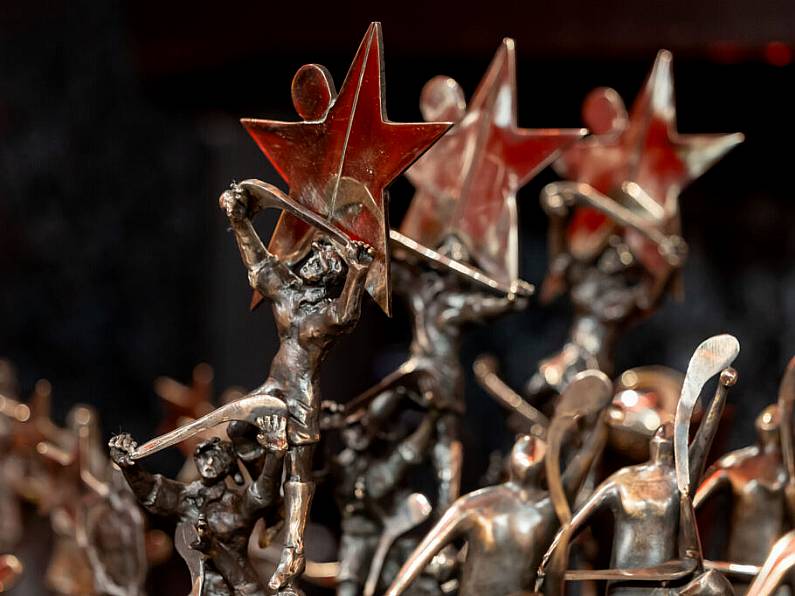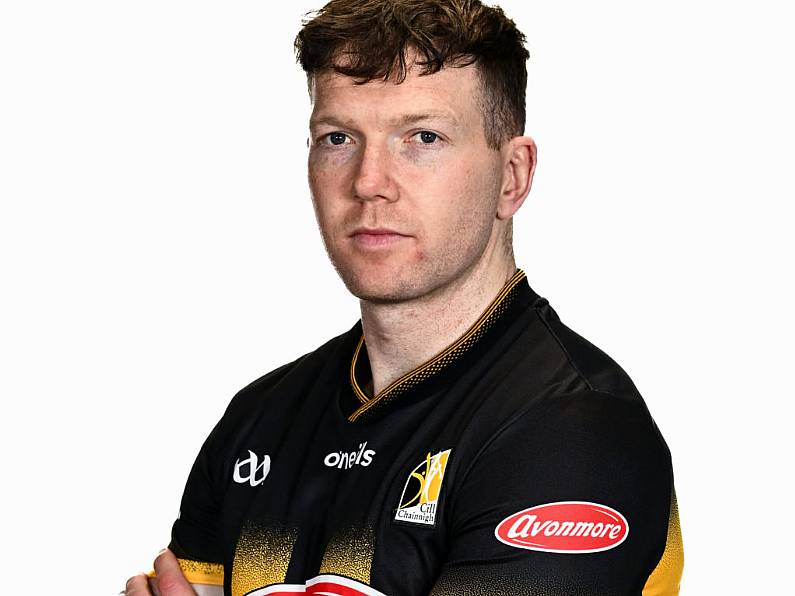Leading into last year’s All-Ireland final, something that nagged at me as a Waterford man was the thought we might come to rue the time we didn’t kill off Galway earlier that season during a league quarter-final up in Salthill, writes Tony Browne
Even though Derek McGrath had put out a largely experimental team, Waterford were nine points up early on in the second half against a home team who had already missed out on promotion.
Had Waterford seen it out, it probably would been the last they’d have seen of Galway for the year as well. The public mood up there could have turned foul enough and morale within the Galway camp wouldn’t have been hectic either.
But Waterford didn’t put their foot down on Galway’s neck when they had them on the ground, allowing Galway to get back up and not just win that league quarter-final but the league outright.
Condemned men were suddenly new men from the confidence of escaping out of Pearse Stadium that day, and as it would turn out, they’d march with that pep in their step for the rest of the season, all the way past us and right up to the steps of the Hogan Stand.
A year on and I wonder now is Micheál Donoghue having similar regrets about the time back in March his team were eight points up on Limerick at half-time in that NHL promotion decider, again up in Salthill.
Had Limerick been stuck in 1B for yet another year, it would have sickened them. Instead they got massive energy and belief from that comeback and victory – all the more for being without the Na Piarsaigh lads.
A bit like Waterford 12 months earlier, Galway inadvertently gave birth to a monster instead of killing it off at source.
That’s how hurling is now: any time you ease off, even if it’s with the team’s best long-term interests at heart, you’re in danger of creating a monster that’ll come back to bite you. Every team, every opponent, is a potential monster and champion which is why we’re already looking forward to 2019.
If I were Donoghue though, what would be most haunting me is how Galway were outthought as well as outfought by Limerick.
I had tipped Galway to win because of their greater experience of the biggest day but they didn’t show any of it whatsoever.

More than once through this championship I’ve highlighted how Limerick set up for puckouts, both their own and opponents’. They have a very discernible pattern and process and they were hardly going to willingly deviate from it in their first All-Ireland final as a team.
The smart – obvious – move for Galway would have been to disrupt it. Throw a curveball at them, unnerve them. Donoghue had the comfort of having credit in the shape of an All-Ireland already in the bank; he could afford to take a gamble. But he didn’t.
As we outlined here ahead of the match, Limerick on their own puckouts create a T in the opposition’s half of the field, with Cian Lynch and Darragh O’Donovan making a small line across the field and then their forwards forming a central spine, leaving a box – a green zone, you could say – on either flank for Nickie Quaid to launch ball into. Galway needed men to drop back and occupy that space and cut out that supply - but they didn’t.
Watching them defend the Limerick puckout reminded me of the old days when wing forwards would swap wings and their markers finally copped that there was no need to go all the way across to track them; instead they’d give each other a shout, switch and pass their men on.
Galway were trying to do that the last day, looking and pointing at one another – when he goes there, you pick him up – but they ended up getting caught in no man’s land.
Padraig Mannion would follow his man into the middle while still not marking him and still not blocking off that green zone. It wasn’t just him: numerous Galway backs were getting caught 10 yards off their men.
In contrast, how Limerick set up on James Skehill’s puckout was masterful. All summer long their
full-forward line liked to come a bit further out the field and split and hedge across the width of the field to close down space and force the opposition to go long. Last Sunday they were at it again, only they still wanted Skehill to go short to his cornerbacks; they were enticing, almost teasing, him to pop it to Adrian Tuohy or John Hanbury, staying far enough off them so they could receive the ball, yet close enough then to pounce on them once they got it.
Poor Tuohy and Hanbury didn’t know whether to run with the ball or to strike it or pop it off but whatever they’d end up trying, they were invariably closed down and turned over.

John Hanbury
For me, Galway should have mirrored how Limerick setup on puckouts: drop their wing forwards back in front of their wing backs to close off those two green zones, which would then allow the likes of Aidan Harte and Padraig Mannion to follow their men.
Or they could have really have dictated the terms of this game and unsettled Limerick from the off by going with a sweeper. Now that would have been some curveball.
I know the purists won’t be thrilled to hear that. The biggest reason we’ve had the best championship we’ve ever known is because players have been so razor sharp from continuously playing games but another contributing factor has been fewer teams have consistently gone with the sweeper.
But now and then there is a place for the sweeper. As Brendan Bugler reminded people on balls.ie the other day, it wasn’t as if Clare played one all through 2013, they only employed it in two of their games. But that adaptability, that unpredictability, that capacity to throw a different look, a curveball, definitely helped them and definitely ruffled opponents.
Every team which Limerick got a result against this summer pretty much played an orthodox style: Tipp the first day, Cork in both Munster and again in Croke Park, Kilkenny in Thurles; even Waterford did after all the injuries they sustained in their opening game below in Ennis and the success they had going more conventional the next day out against Tipp. Limerick’s whole game plan – Paul Kinnerk’s whole coaching philosophy – is centred around the creation and closing down of space. But what if you close down the space they like to create?
Have a sweeper playing behind Kyle Hayes?
Galway actually had experience of playing a sweeper; Padraig Mannion effectively operated as one in both games against Clare with Colm Galvin playing in that deep-lying role at the other end of the field. And Mannion excelled at it, just as he has at everything this summer. Was it not worth a try playing him as one again in the final?
Even if it was for just 20 minutes to throw off such a structured and young team like Limerick?
Looking at it now you’d nearly have to think Clare would have troubled Limerick more in the final. They haven’t been afraid to throw curveballs in the big games – like Galvin in that role against Galway – and Gerry O’Connor and Donal Moloney would know Kinnerk inside out from their time working with the Clare minors and U21s.
You can be sure Limerick will encounter men sitting closer to that semi-D next season. Teams will be throwing all sorts of different looks and everything else at them in 2019.
I can’t sign off here without registering my absolute delight for the people of Limerick, especially its various former players that I would have had the honour of playing against over the years. I actually shed a tear, watching the Limerick people around me in the Cusack Stand embrace their loved ones while Delores singing about Dreams played over the PA.
Just to see what it meant to them.
But I’ll be honest, that tear was as much out of sadness for my own Waterford as joy for Limerick.
As beautiful as it was to see men my own age hugging their children and parents, the image of Waterford men, women and children experiencing the same outpouring of emotion flashed through my mind.
Why can’t we have a day like this too? I looked out across the field, the green and white streamers falling down.
Why have they not dropped down on a Waterford head and jersey? Why are they never white and blue? In Waterford we dream too. And I hope our new manager is dreaming big too. Because anyone can win this 2019 All-Ireland.
Including Waterford.






